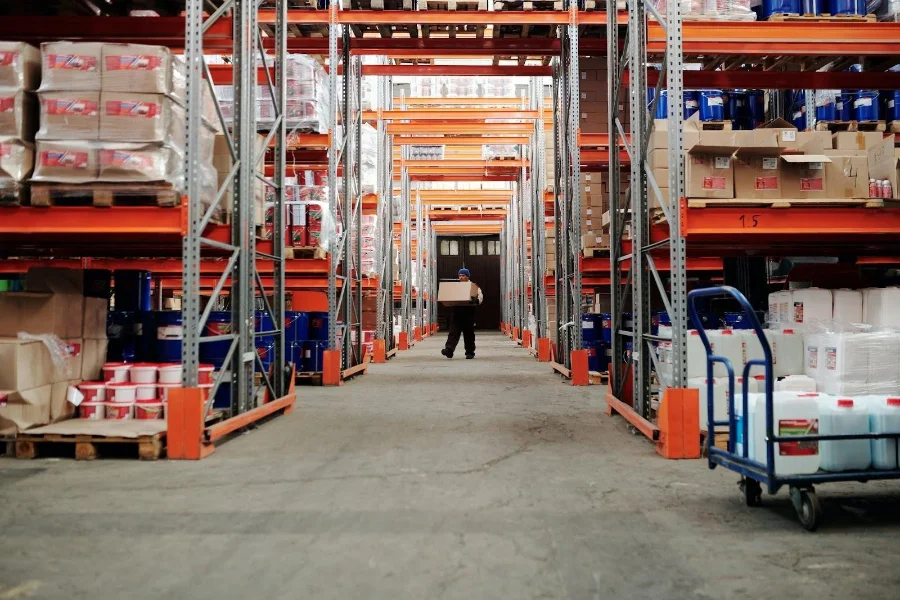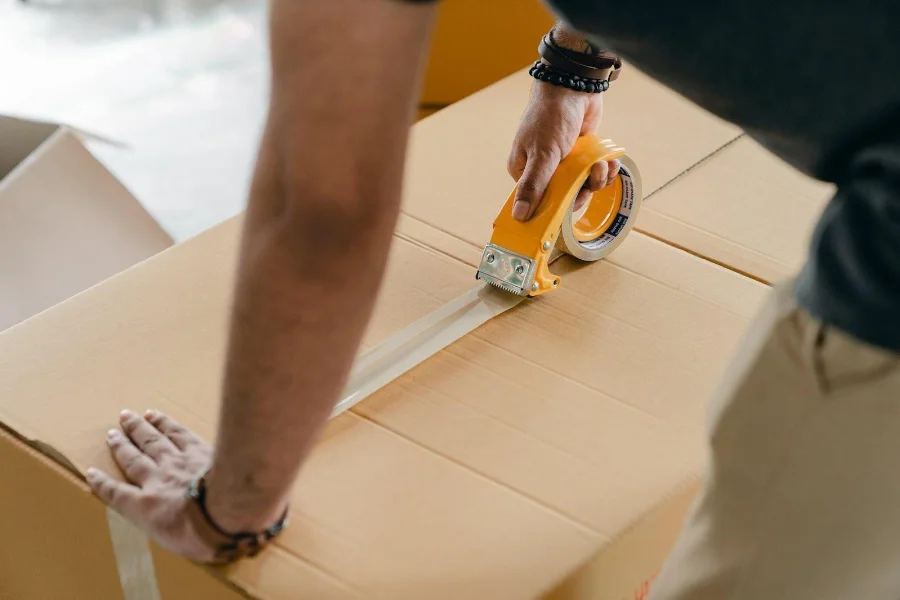FBA, or Fulfillment by Amazon, is a program that Amazon offers to its third-party sellers where merchants can store their products in Amazon fulfillment centers. At the same time, Amazon will handle the order packing, processing, and shipping of the products. The program also enables businesses to reach more customers due to Amazon’s large customer base, thereby boosting profit.
In exchange for their service, Amazon charges FBA fees to its sellers to cover the storage and shipping costs. These fees vary based on size, weight, season, and product category, and they significantly impact businesses’ overall profit.
Unfortunately, Amazon recently increased these fees, leaving many businesses needing guidance on what to expect. This article will cover everything sellers need to know about the recent fee changes and how to adapt to prevent losses and maintain profit.
Table of Contents
What is causing these FBA fee increases?
What changes are coming?
How can businesses prepare for FBA fee changes?
Buckle up and avoid losses
What is causing these FBA fee increases?
Amazon’s FBA fees keep increasing due to various reasons. For starters, the ecommerce giant is experiencing increased levels of service and spending more for higher fulfillment volumes. Amazon also increased its FBA fees to accommodate anything that may increase storage and delivery fees, like labor costs and shipping charges.
In addition, Amazon claims to bear many of its sellers’ financial burdens, including fulfillment costs, warehousing, delivery, and staffing. For this reason, the FBA fee uptick is necessary to keep the company profitable.
What changes are coming?
Amazon’s FBA fulfillment fees
Amazon has increased the FBA fulfillment fees by an average of US$ 0.22. More granular FBA fees have additional tiers that have been implemented. As a result, businesses may pay an increased FBA fee for weightier products in their catalogs.
Sellers should endeavor to review their product assignment in the new size tier structure. They should also note that both Peak and Non-Peak Fulfillment fee rates have moved to a single standard speed that will be applied throughout the year and are no longer separate.
FBA monthly storage fees

FBA monthly storage fees are calculated based on cubic square footage, so the bigger the dimension of the units stocked, the higher the charges. Amazon also charges during peak season months (October – December) since the warehouse demand is usually higher then. They also charge extra for storing dangerous goods.
Amazon has increased the monthly off-peak storage price (January to September) for standard-size items by US$ 0.04 per cubic foot, while it’s US$ 0.03 for oversized items. Peak fees for the non-sortable network are also increased by US$ 0.20 per cubic foot, with no increment on the sortable network charges.
Interestingly, there will be no further increases in storage fees during peak season (October -December) since storage fees are already 3.2x higher. However, storage fees will still observe an 11% increase for standard-size items and a 10% increase for oversized products during off-peak months (January – September).
Long-term FBA storage fees
FBA Long-term storage fees were previously incurred beginning from 271 days. However, the days have been reduced to 181, almost three months earlier. Sellers have less time to store their products at the standard rate, so they must enhance their inventory management with smaller shipments to prevent the extra cost.
The fee increment for the different day lengths is as follows:
- 181-210 days – US$ 0.50 per cubic square foot
- 211-240 days – US$ 1.00 per cubic square foot
- 241-270 – US$ 1.50 per cubic square foot
- 271-300 – from US$ 1.50 to US$ 3.80 per cubic square foot (153% increase)
- 301-330 – from US$ 1.50 to US$ 4.00 per cubic square foot (166% increase)
- 331-365 – from US$ 1.59 to US$ 4.20 per cubic square foot (180% increase)
Overall, existing fees will have an average increase of 166%.
FBA inventory removal order fees
FBA inventory removal order fees are incurred when a product must be removed due to an overstocking or if the item has an error in labeling. Such items are usually disposed of automatically after a deadline or removed through a manually created removal order.
To prepare against these fee increases, sellers should review their inventory levels and sales trends and consider removing slow-moving items from Amazon’s fulfillment centers. Also, they can explore alternative fulfillment methods like third-party logistics providers or FBM (Fulfilled by Merchant) to manage their inventory and shipping needs instead.
Furthermore, Amazon provides inventory removal alternatives in the form of liquidation, which is cheaper and more appealing. Businesses can also promote prices and run ads to boost sales and prevent disposal costs.
From January 17, 2023, the FBA inventory removal order fees increased between US$ 0.45 to US$ 1.06 for standard-size products and US$ 1.62 to US$ 4.38 for larger ones—depending on the shipping weight.
How can businesses prepare for FBA fee changes?
Accurately record product dimensions
Amazon calculates FBA fees based on product size and weight. Hence, accurately recording a product’s dimensions (length, width, and height) can help businesses prevent any extra charges caused by miscalculations.
Businesses can lose profit if they do not provide correct measurements (including any inconsistencies) for their products. Amazon will charge more fees than necessary if they believe the product is larger than it is. Moreover, accurate measurements ensure that products are placed in the right category, which guards against potential inventory removal fees.
Utilize borderline product weight qualifications
Some FBA fees are calculated via weight thresholds, meaning a product can be charged a higher FBA even if it’s slightly over a given point. For instance, a product that weighs 1.1 pounds will be charged a higher fee than it would if it weighed 0.9 pounds if the threshold is 1.0 pounds. Therefore, businesses should consider making adjustments to product weights to minimize expenditure.
To achieve this, brands can use light and tiny packaging where possible and avoid using heavy fillers, stuffers, and cards that are not important. Such changes, though little, can heavily impact the total size and weight, which leads to paying cheaper FBA fees and consequently saving money.
Prepare in advance

Amazon fulfillment centers charge fees for products they must prepare and package before shipping. To avoid these charges, businesses should pre-package and prepare all items beforehand so they’re ready to leave the warehouse as soon as they’re ordered. However, they should avoid mixing labels so the products are not rejected or sorted improperly.
Don’t misuse inventory space
As inventory space is limited, businesses should regularly monitor inventory levels and remove slow-moving or obsolete products to avoid being charged extra for extended storage. It does not mean that products that stay long aren’t profitable. Even so, brands must be alert and quick to replace products taking up inventory space with no positive returns.
They may also use Amazon’s storage fee calculator to estimate inventory costs, minimize expenses, and maximize profit. Additionally, they should optimize product listings to improve sales and manually remove overstayed products, as Amazon charges extra fees for product disposal.
Buckle up and avoid losses
Amazon’s FBA fee increase will significantly impact businesses that use their platform. But it doesn’t have to be a catastrophe. Sellers should proactively optimize their listings and operations to lessen the downside of these changes and maintain competition in the marketplace.
In addition to the tips mentioned above, businesses are advised to analyze fees consistently, enhance product prices, and consider alternative fulfillment methods to cut costs. With these strategies, brands can be adequately equipped to maintain their profits despite the fee increases.




